In the summer of 1774, large numbers of American colonists, from Massachusetts Bay down to the Virginia Tidewater, were disaffected and angry. For a decade, they had felt increasingly oppressed by Great Britain, ever since London had imposed duties on various exports to America to help pay for the costs of the victorious Seven Years’ War. The Stamp Act of 1765 and the 1767 the Townshend Acts, which added duties on lead, glass, tea and other items, became hated symbols of imperial power.
The colonists considered the duties to be taxes levied by Parliament, and while they acknowledged Britain’s right to regulate trade, they balked at the presumption by British lawmakers to directly tax them. Americans had no representation in Parliament, and thus by custom considered that no laws directly affecting their liberty and property could be imposed by legislators unelected by them, living across an ocean and with no understanding of their local situation. Though the Stamp and Townshend Acts were soon repealed, the duty on tea remained and in mid-1773 was enhanced by the Tea Act.
This was the “too big to fail” moment in American colonial history. The Tea Act was designed to prop up the faltering British East India Company, which held massive amounts of tea that it could not fully unload in the colonies since the irascible Americans preferred drinking contraband, and hence untaxed, Dutch Tea. In short, the Tea Act allowed the East India Company to ship tea directly and tax-free to the colonies, which still had to pay duties on it. Resistance grew throughout the year, mainly attempts to block ships from unloading their cargoes, until a band of Boston radicals “brewed tea” in Boston Harbor on December 16, 1773, dumping 90,000 pounds of East India Company leaves into the water.
Instead of taking stock of a rapidly deteriorating relationship, London doubled down. The Boston Tea Party resulted in the harshest British response yet to the colonies, the so-called “Intolerable Acts,” which were passed in the spring of 1774. The new acts mandated the blockade and closure of Boston’s port, placed much of the Massachusetts government under direct royal control, reduced the colony’s judicial authority over royal officials, and allowed the quartering of British troops with private families. Yet what was meant to solve a local issue, the resistance of the particularly obstreperous Bostonians, was the spark that lit the fuse of revolution.
As word of the Intolerable Acts spread throughout the colonies that spring, a vigorous debate emerged as to what collective response, if any, there should be. Merchants, including those in Boston, wanted to avoid further suppression of trade and were willing to try and pay for the destroyed tea. Radicals headed by Samuel Adams tried to drum up support for more unified measures, above all a colonies-wide agreement to no longer import British goods. Committees of correspondence sprung up to share intelligence and try to coordinate a response among the diverse colonies. Many colonists outside Boston were lukewarm, thinking the Puritans had brought it upon themselves. Yet others, more radical, believed that a more fundamental question of American liberty was at stake. London’s intransigent stance worked against compromise, giving ammunition to those who argued that a turning point in the colonies’ relationship with the mother country had arrived. Discontent grew as the days lengthened.
It was, in the words of historian Robert Middlekauff, a summer of resolution. Radicals around the colonies pushed forward with a public campaign to support the besieged Bostonians. Among the earliest expressions of solidarity came from the South, in Virginia and Maryland. On June 6, 1774, Virginia’s Prince William County published a set of resolves, followed on June 11, by the short Hungerford Resolves, in what is now Rockville, Maryland, which stated that “Boston is now suffering in the Common Cause of America.” Almost despite themselves, the Americans were beginning for forge a shared identity.
A far more sophisticated and influential declaration soon came in the Fairfax Resolves, published on July 18 by a committee of Alexandria, Virginia, grandees, including George Washington. The Fairfax Resolves were the work largely of planter George Mason, who would go on to author the seminal Virginia Declaration of Rights, in 1776.
Mason’s argument harked back to the ancient rights of Englishmen, yet was hardly radical, acknowledging that British regulation of trade and commerce, if “directed with Wisdom and Moderation, seems necessary for the general Good.” Mason’s own approach was wise and moderate, noting it was indeed a duty of the colonies “to contribute… to the necessary Charge of supporting and defending the British Empire,” but also making it clear that voluntary contributions did not mean taxation without representation in Parliament.
After a lengthy examination of the kinds of non-importation measures that should be adopted by the colonies, Mason added a passionate condemnation of the slave trade, approved by his fellow Virginians in Alexandria, “declaring our most earnest Wishes to see an entire Stop for ever put to such a wicked cruel and unnatural Trade.”
The most politically important proposal to come from the Fairfax Resolves was that “a Congress shou’d be appointed, to consist of Deputies from all the Colonies, to concert a general and uniform Plan for the Defence and Preservation of our common Rights.” The movement for a joint gathering gained in support over the summer and colonies elected leading men to represent them. This was a momentous step, for despite all their differences, it brought together a “continent”-wide gathering that turned neighbors into fellow Americans. Never again could they simply go back to being politically atomized and unable to organize on their common behalf.
On September 5, 1774, the summer of discontent culminated in the First Continental Congress. Held in Philadelphia over nearly two months, the Congress attracted luminaries such as George Washington, John Adams, Patrick Henry and Pennsylvania’s John Dickinson; Thomas Jefferson did not attend, but drafted instructions for Virginia’s delegates. Now that they had come together, representatives of the colonies faced a daunting challenge, namely, what were they seeking from London?
The core question facing the Congress was how to define the basis of American rights, whether natural or granted by Britain. Not until the end of their gathering did the representatives compromise on this philosophical question by declaring that both nature and the British constitution, along with the colonial charters, were the sources of their rights.
Despite this philosophical flexibility, Congress found itself facing more prosaic political and economic disagreements. A conservative proposal by Dickinson’s colleague Joseph Galloway for a formal union of the colonies and Great Britain, including an elected colonial parliament, was defeated. Turning to trade, the delegates agreed to end imports from Britain and formed a Continental Association to implement the ban, but Virginia refused to support an end to exports to the mother country, deferring the question for the autumn of 1775.
Before adjourning, the representatives drafted a formal petition of grievances to King George III. Despite having suffered a “long train of abuses and usurpations,” as Thomas Jefferson would soon phrase it, few in the summer of 1774 wanted or imagined a complete rupture from Great Britain. Indeed, they agreed to reconvene in the spring of 1775, to see how London and the King had responded to their actions. By that time, of course, Lexington and Concord had made further reconciliation a moot point.
It was the obstinacy of King and Parliament, their lack of political understanding and imagination and their almost blind use of military strength to try and suppress the colonists’ well-grounded dissatisfactions that left the Americans feeling cornered. The failures of the summer of 1774 to find a workable political solution ensured the glorious cause of 1776.



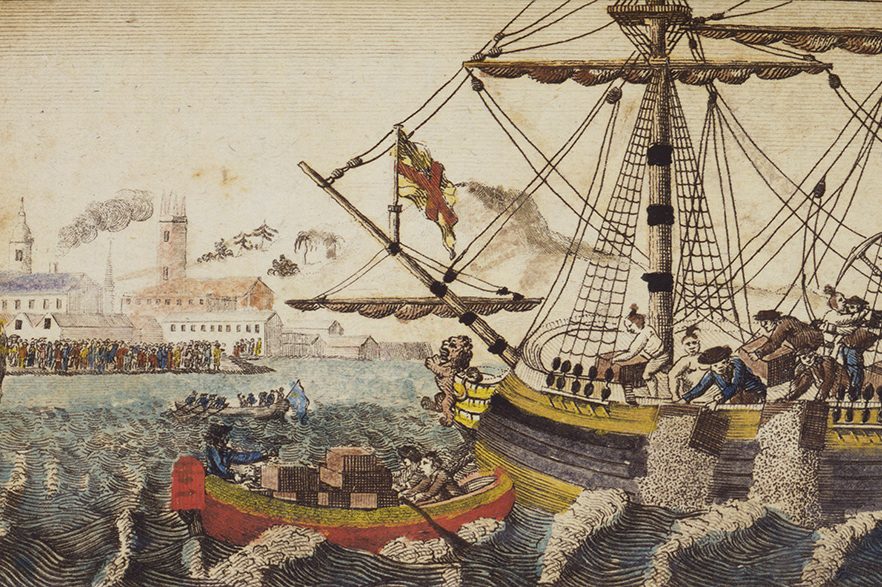






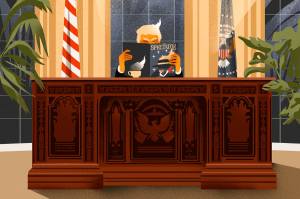

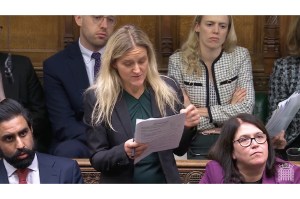

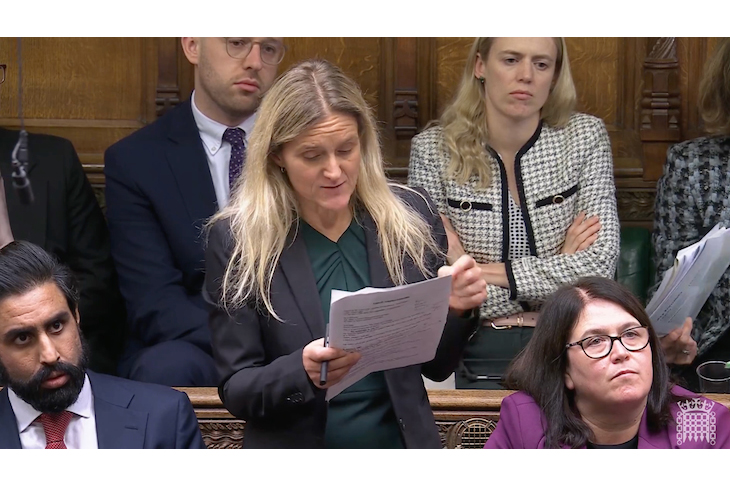
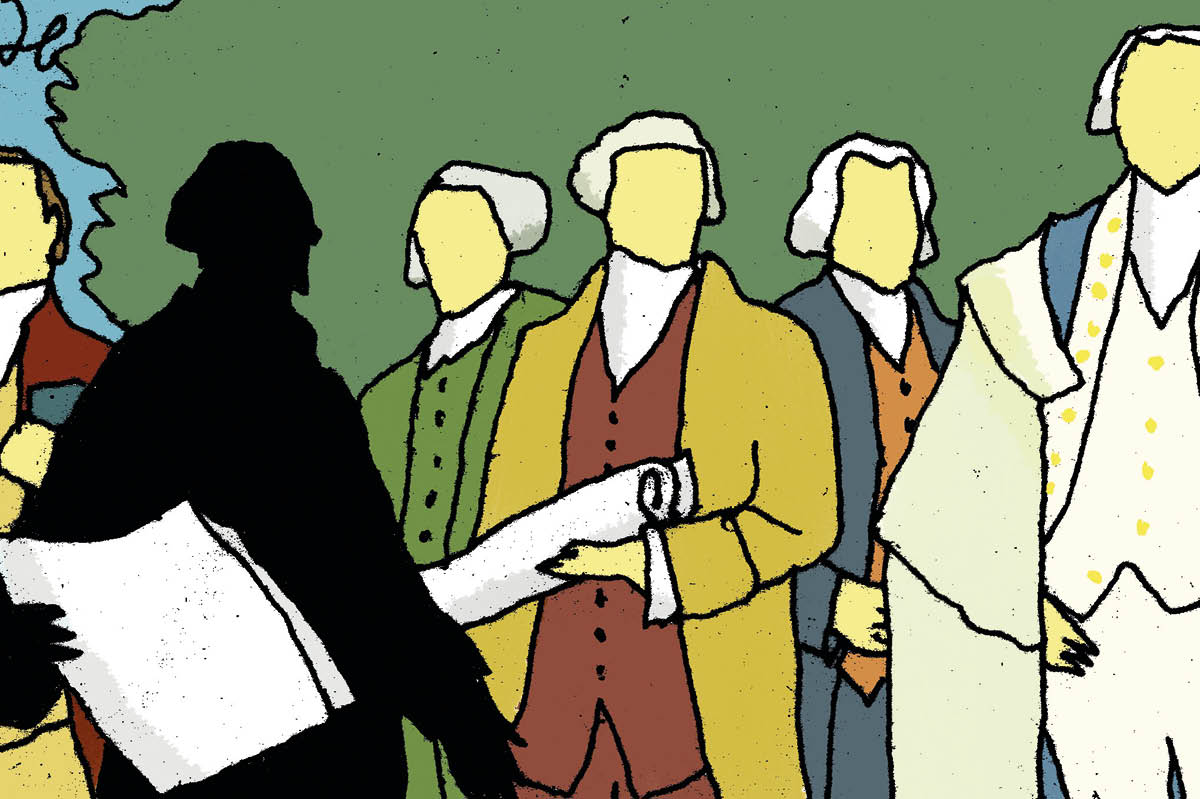


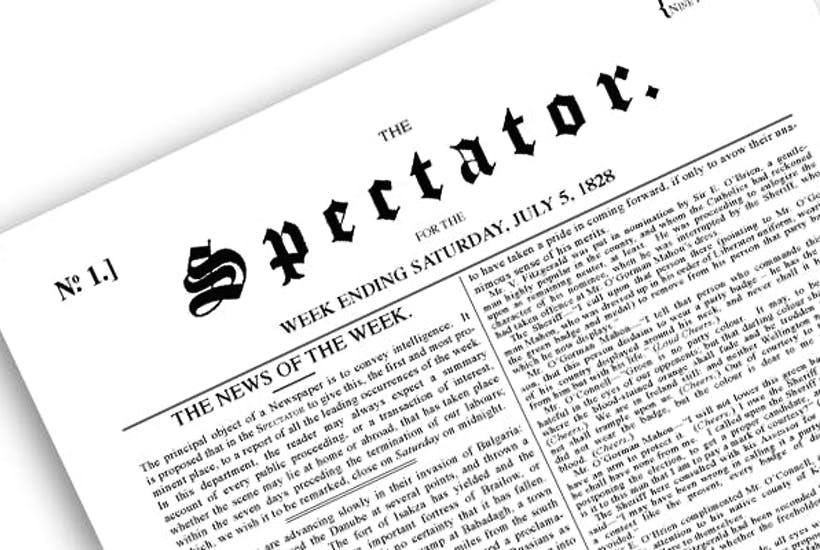







Leave a Reply